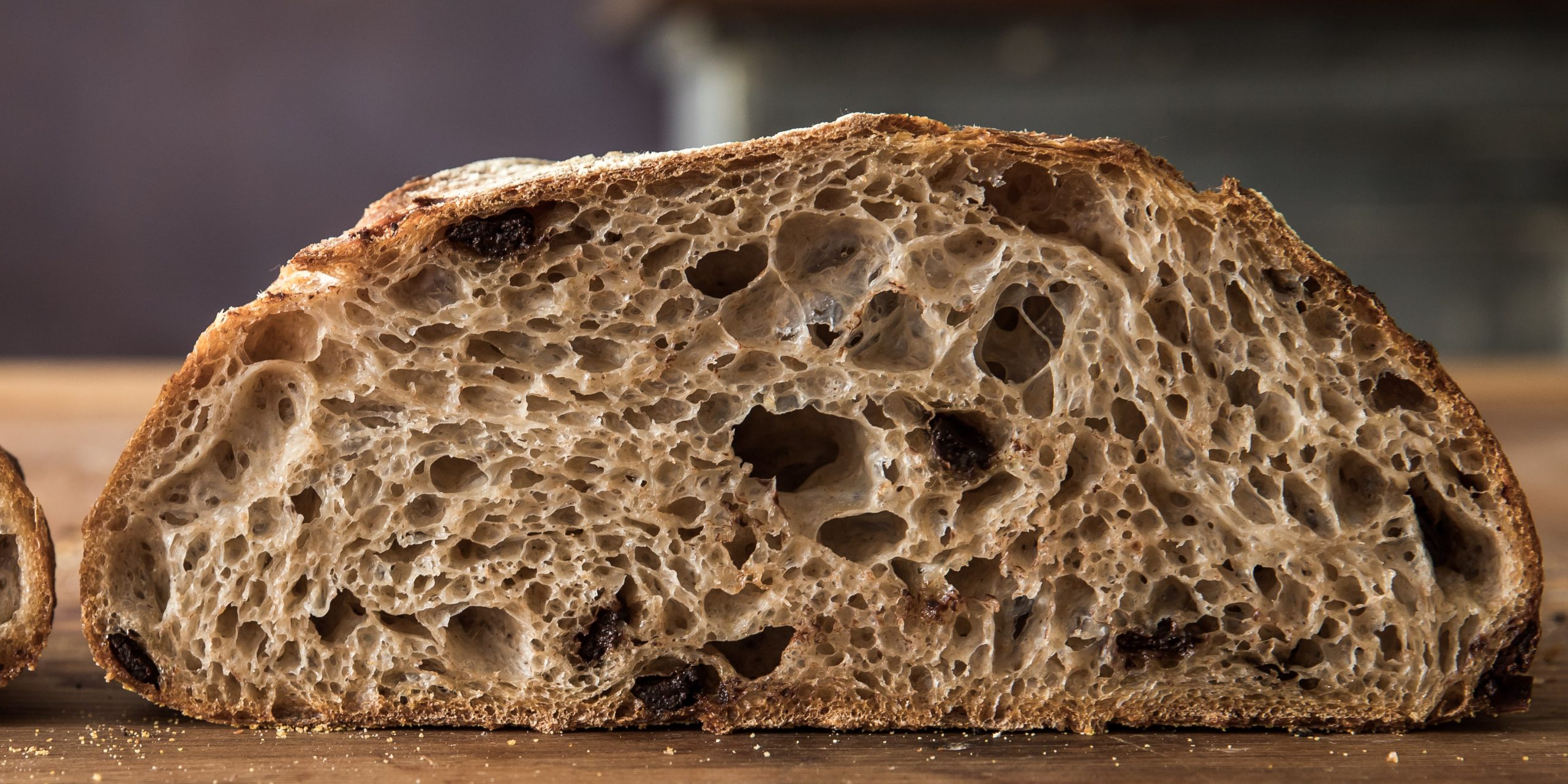
Introduction: The Rising Popularity of Artisan Bread
I’ve been baking sourdough for over 40 years and taught thousand of bakers to make real sourdough. When I first started teaching in the 1990s, sourdough in the UK was practically unheard of. If it was mentioned at all, people associated it with San Francisco – some kind of quirky American bread – and even then, only a handful had actually heard of it.There has been a huge shift in the bread market over the past decade. Sales of Chorleywood-produced artisan bread have fallen, and “artisan” bread has become more popular. A trip to any supermarket or bakery and you will see a wide range of loaves labelled as sourdough to satisfy customer demand for good, wholesome bread. It can’t be a bad thing that good old-fashioned marketing slogans and advertising encourage shoppers to recognise sourdough as a healthy food, right?
The Problem: What Is Real Sourdough?
We’ve got a slightly different perspective on sourdough here based on years of teaching and research. One of the things that really set us off looking into what sourdough is, how to define it, and what makes it real or not has been a steady stream of people getting in touch with concerns as they read the ingredients on some so-called sourdough bread, or by people who tell us that they can usually digest sourdough, but they ate some that they bought and had a reaction to it.
So many of my students and people who have been in contact with me have have expressed a concern over the lack of a standardised definition of sourdough. Without such a designation, there can be confusion over what authentic sourdough really is. At the moment, breads that are made with sourdough powder, or a small amount of sourdough starter added to a dough and made with baker’s yeast, can be labelled and sold as sourdough.
Why Real Sourdough Matters
Real sourdough isn’t just bread; it represents a profound transformation that aligns with the principles of Baking as Lifestyle Medicine. This ancient fermentation process reshapes the nutritional structure of bread, fostering better digestion, supporting gut health, and enhancing nutrient uptake. Sourdough becomes more than food; it’s a foundation for nourishing both body and mind.
1. Improved Nutrient Bioavailability
The long, slow fermentation of sourdough reduces phytic acid, an anti-nutrient found in grains that binds minerals like iron, zinc, and magnesium. This natural process increases the availability of these essential nutrients for absorption, contributing to a more balanced diet. Read more about how real sourdough boosts nutrient uptake.
2. Reduced Gluten Content
Sourdough fermentation partially breaks down gluten, the protein responsible for many digestive issues. While it’s not gluten-free, this enzymatic activity modifies gluten’s structure, making it easier to digest for individuals with sensitivities. Explore how real sourdough supports digestion.
3. Gut Microbiome Support
Real sourdough is rich in lactic acid bacteria, which produce postbiotics like organic acids and exopolysaccharides during fermentation. These compounds feed beneficial gut microbes, reduce inflammation, and maintain microbial diversity, essential for a healthy microbiome. Discover how sourdough nurtures your gut microbiome.
4. Lower Glycaemic Index
Fermentation slows carbohydrate breakdown, resulting in a lower glycaemic response. Sourdough provides sustained energy and helps prevent blood sugar spikes, making it an excellent choice for long-term metabolic health. Learn how real sourdough supports blood sugar control.
5. Fibre Pre-Digestion
Sourdough fermentation breaks down complex carbohydrates and fibres, making them more digestible. This pre-digestion enhances tolerance for individuals with sensitive digestion and maximises fibre’s health benefits. Find out how sourdough real improves fibre digestibility.
Real sourdough embodies the intersection of tradition and science. By prioritising slow fermentation and natural processes, it becomes a nutritionally superior bread that promotes overall health and well-being. Let sourdough inspire a reconnection with nourishing, thoughtful eating.
So how can real Sourdough be identified?
When I first wrote this feature, I was talking with the Department of Environment, Food and Rural Affairs (DEFRA) about ways to regulate the use of the term sourdough – you can read more about this here and here. One of the conversations that took place at the last meeting was about how real sourdough could be identified. It’s one of the greatest complexities: how real sourdough could be identified and how microbiology could be used in helping to create a recognised designation that would ensure that products labelled as sourdough are genuine.
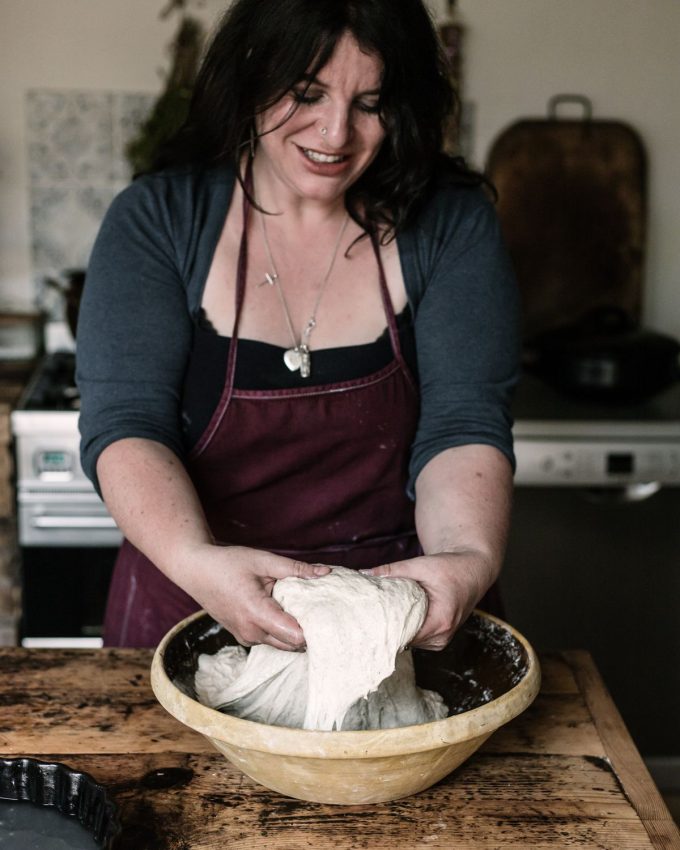
Defining Real Sourdough
This is some of the information from chatting with Professor Marco Gobbetti, world-renowned microbiologist whose research focuses on sourdough fermentation. One of the first things I asked him was how he would define sourdough.
‘For more than two decades, Marco’s research has centred on sourdough fermentation. When he first began working in this field, he was one of only a handful of people researching sourdough microbiology. The papers which had been published in the scientific literature tended to be in German, Japanese, or Spanish, reflecting the countries where such research was being funded. Marco was based in Italy, and he says, “We were more or less the new pioneers working in this field.” He and his team began by looking at how yeasts and lactic acid bacteria co-exist in the sourdough environment. They dedicated the first two or three years to understanding what happens during sourdough fermentation. In the following 20 years, their research has developed to the point where Marco and his team have grown to become one of the leading groups in sourdough research, collaborating with scientists across the world.
Professor Marco Gobbetti’s Definition of Real Sourdough
Professor Marco Gobbetti is one the the worlds leading experts in sourdough and his work uncovered the unique microbial signatures that define real sourdough fermentation, providing a scientific foundation for distinguishing it from imitations. By systematically studying the coexistence of lactic acid bacteria and yeasts in sourdough environments, Gobbetti demonstrated that these microbial populations are not only crucial for fermentation but also for the characteristic flavour and texture of sourdough.
His findings outlined three key microbial signatures of real sourdough: the high concentration of lactic acid bacteria (10? cells per gram), the stable ratio of lactic acid bacteria to yeast (approximately 100:1), and the specific balance of lactic and acetic acids that produce the tangy flavour associated with sourdough. These criteria serve as a benchmark for identifying genuine sourdough and separating it from products made with shortcuts like baker’s yeast or sourdough powders.
In answer to my question, Marco explained that sourdough is an example of a natural starter: “Sourdough is nothing else than a mixture of water and flour.” He explained that an authentic sourdough can be identified by its microbial make-up, and that there are three signatures to look for.

The Three Signatures of Real Sourdough
Microbial Composition
In a sourdough starter, there are two main microbial groups – lactic acid bacteria and yeasts. “In my opinion, lactic acid bacteria are those which promote a number of advantages for sourdough,” says Marco. “Yeasts are important for increasing the volume, for producing carbon dioxide and some other compounds. But the most important group is that of lactic acid bacteria.” In each gram of sourdough, there are almost 109 lactic acid bacteria and 107 yeast cells. Marco tells me that the numbers of lactic acid bacteria and yeasts are the first signature of sourdough. “You cannot have a sourdough if the lactic acid bacteria don’t reach the number of 109, 108, or at least 107,” he says. The presence of lactic acid bacteria in these numbers is necessary for sourdough fermentation.
Microbial Ratios: Bacteria to Yeast
The second signature that Marco looks for in sourdough is the ratio of lactic acid bacteria to yeast. There are approximately 100 lactic acid bacteria cells to 1 yeast cell in sourdough. “The ratio between these two microbial groups is stable and is a signature of the sourdough fermentation,” he says. The ratio is an important characteristic of sourdough, and Marco explains that if you add baker’s yeast to a dough mixture, even if it contains some sourdough starter, the number of yeast cells increases relative to the bacteria, and you no longer have sourdough bread.
Flavour and Fermentation Quotient
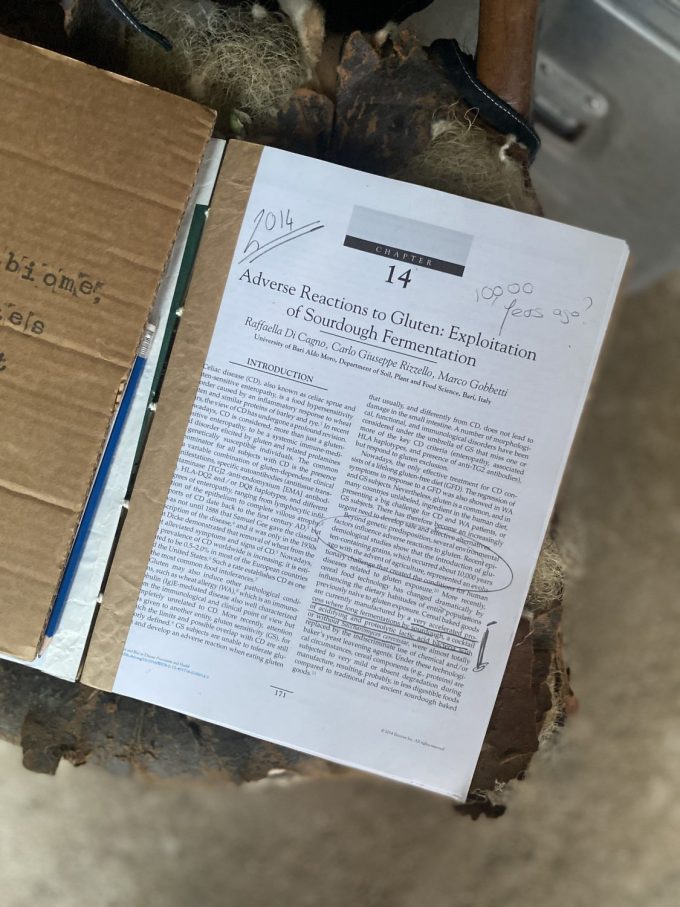
Flavour is the third signature of sourdough. The tangy flavour associated with good sourdough bread is a consequence of the end products of the fermentation involving lactic acid bacteria. The bacteria in a sourdough starter produce both lactic acid and acetic acid. Marco tells me that the ratio between acetic and lactic acid must be kept low, to around four parts acetic acid to one part lactic acid. “If the ratio is increasing, up to 10, up to 20, the smell, the taste of the sourdough is not good,” he says. Marco calls this ratio the “quotient of fermentation.” I asked him if this ratio would be achieved with a long, slow fermentation. He agreed, saying that a fermentation of four to six hours was enough to produce the required ratio, but went on to explain that the length of fermentation is not the most important aspect. What the sourdough fermentation really needs is the right type of lactic acid bacteria.
Practical Applications of Microbiological Testing
It’s certainly interesting to know that real sourdough can be defined microbiologically. How this could be translated practically into validating commercially produced sourdough, if there ever was to be a designation, is another matter.
Flavour is the third signature of sourdough. The tangy flavour associated with good sourdough bread is a consequence of the end products of the fermentation involving lactic acid bacteria. The bacteria in a sourdough starter produce both lactic acid and acetic acid. Marco tells me that the ratio between acetic and lactic acid must be kept low, to around four parts acetic acid to one part lactic acid. “If the ratio is increasing, up to 10, up to 20, the smell, the taste of the sourdough is not good,” he says. Marco calls this ratio the “quotient of fermentation.” I asked him if this ratio would be achieved with a long, slow fermentation. He agreed, saying that a fermentation of four to six hours was enough to produce the required ratio, but went on to explain that the length of fermentation is not the most important aspect. What the sourdough fermentation really needs is the right type of lactic acid bacteria.
Preserving Real Sourdough & Shaping UK Legislation
In the mid-2010s, I became increasingly concerned about the rise of so-called “sourdough” breads in the UK that were anything but authentic. These loaves, often made with additives, commercial yeast, and shortcuts, undermined the traditional sourdough process and misled consumers, depriving them of the health benefits genuine fermentation provides. I was determined to address this, so I initiated discussions with the Department for Environment, Food & Rural Affairs (DEFRA) in 2015, supported by my local MP, Chris Heaton-Harris. Together, we met with officials, including then-Minister George Eustice, to advocate for clear definitions and regulations to protect sourdough’s integrity. I invited key stakeholders, such as representatives from Sustain and the Real Bread Campaign, to join the effort. Our shared goal was to ensure that only bread made through traditional fermentation methods—without artificial additives or commercial yeast—could legally bear the name “sourdough.” This work led to a significant breakthrough. The UK’s first-ever Code of Practice for Sourdough was published in January 2023 by the Association of Bakery Ingredient Manufacturers (ABIM). This Code prevents misleading labelling and ensures that the term “sourdough” is reserved for bread made using traditional methods.
As part of my broader advocacy for better bread, I have consistently championed policies that promote transparency, healthier ingredients, and traditional baking practices. We need a ]shift in bread policy, encouraging a move away from ultra-processed bread towards more nourishing, authentic options, and my work advocates for bread that supports both public health and environmental sustainability.
Learn More about this designation for Real Sourdough here.
- Real Sourdough Meeting with DEFRA
- UK Baking Industry Code of Practice
- Sourdough Code of Practice – Federation of Bakers
- British Baker – Sourdough Code of Practice
- DEFRA Update on Real Sourdough
Conclusion: Towards a Standard for Real Sourdough
To learn more about what makes sourdough “real,” explore these resources:
References and Further Reading
You can find more information about Professor Marco Gobbetti’s work on developing tests to detect lactic acid bacteria in sourdough breads here:
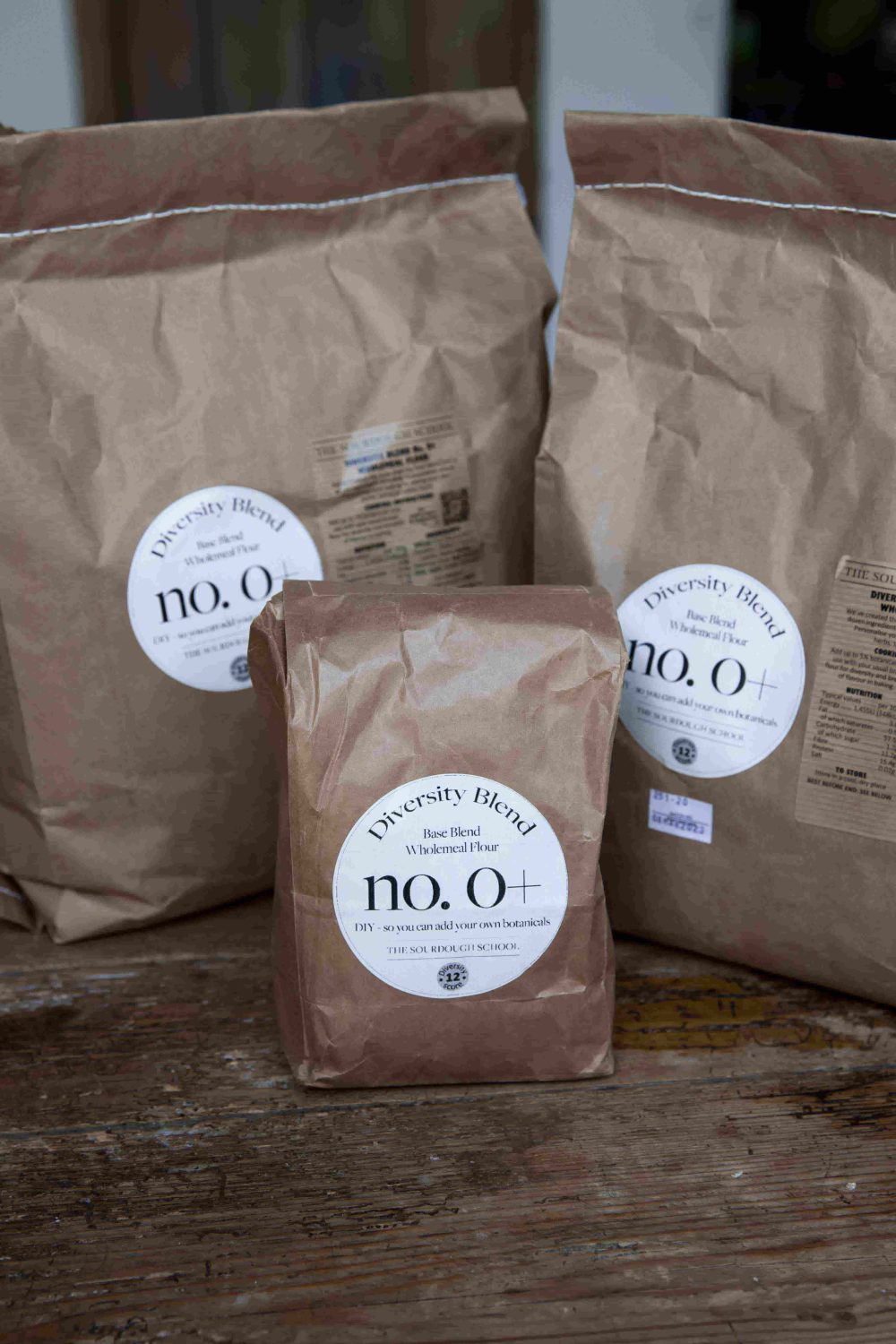
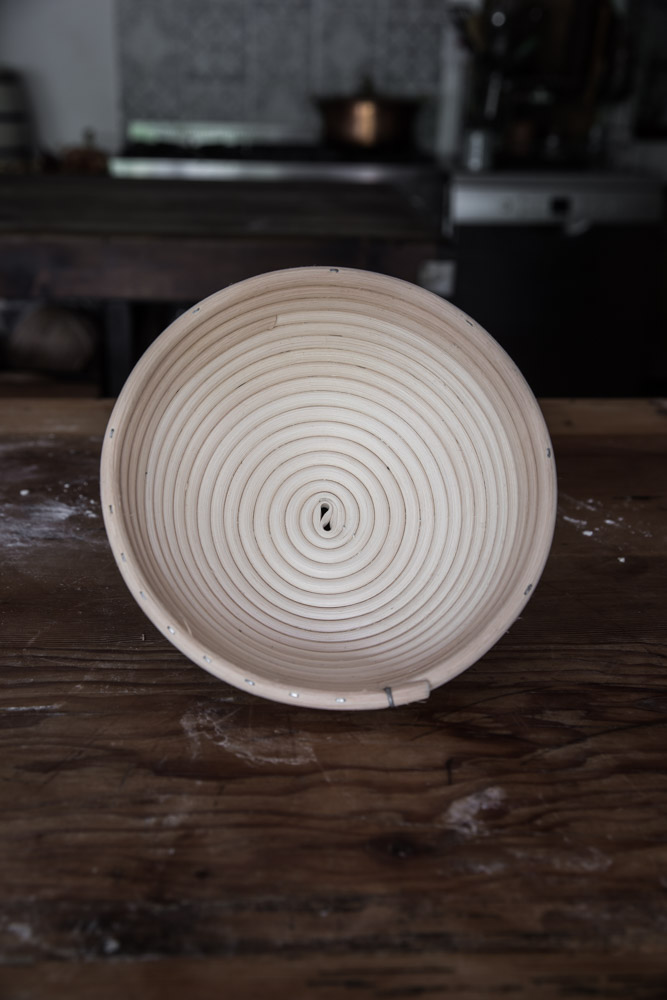


 Professor Tim Spector & on our digestive systems & the role of microbes
Professor Tim Spector & on our digestive systems & the role of microbes
“What the sourdough fermentation really needs is the right type of lactic acid bacteria.”
Can we get more details on this?
My book is totally full of this …
but essentially it’s about feeding your starter regularly.
Shoppers in the UK wanting to be sure that, when they buy a loaf marketed as sourdough, they are getting the genuine article, should sign the Real Bread Campaign’s letter to Michael Gove calling for better loaf marketing and labelling legislation. http://act.sustainweb.org/lobby/bread